Getting the Most Out of Polymer Clay Pasta Machines (Part 2)
Introduction
Polymer clay pasta machines have been a priceless addition to the polymer clay community and I don’t know what I’d do without one, however they do tend to cause their fair share of frustration.
Choosing the best pasta machine for polymer clay is mind-boggling enough, but when your beautiful, shiny, new machine starts pulling stunts on you and doesn't do what you expected it to, it's enough to make you want to go back to blending and rolling by hand.
In the first article of my pasta machine series I talked about some of the more common problems people face with polymer clay pasta machines. This article will cover the other painful glitches that tend to crop up more often than we would like.
Click here for a bullet point summary...
Scratches or Marks On your polymer clay
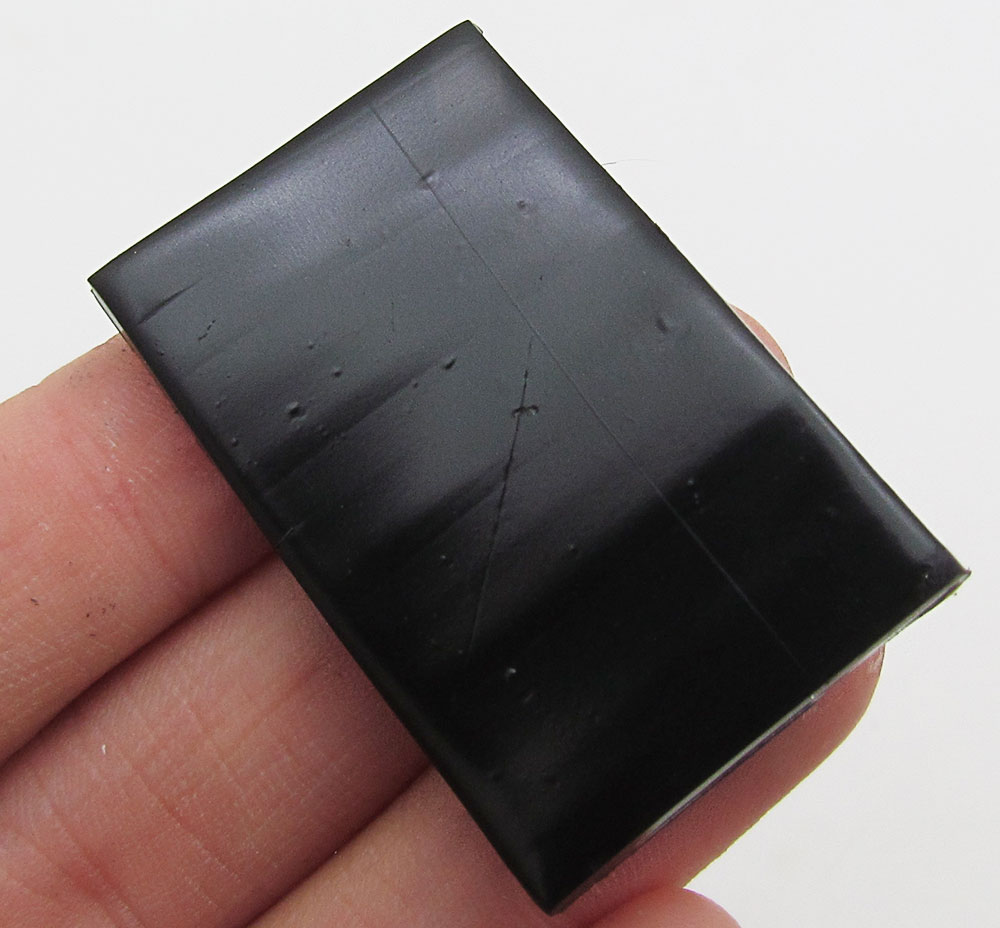

Scratches in your clay are usually caused by one of two things: marks on your rollers or inclusions, such as glitter or buffalo snow, being stuck on your blades. So the first thing to do is to give your machine a good inspection.
If your rollers are not scratched:
You likely have
something rough or sharp stuck to your scraper blades. This is easily
rectified by giving your machine a good clean.
If your rollers are scratched:
If your scratches are not too deep, you can try burnishing your clay to remove them. Cover your clay with a piece of plain paper and rub your acrylic roller back and forth across it using a rubbing motion. Don't roll.
If the scratches or marks are too deep there isn’t much you can do. Once the machine’s rollers are scratched the only real solution is to buy a new machine, but you can prevent a re-occurrence of this problem by treating your new machine very gently.
Scratched rollers are normally caused by metal scraping against the rollers when you clean your machine, or something in the polymer clay gouging them. So:
- Never use anything metal to clean your scraper blades, rather use a toothpick or wooden skewer.
- Don't roll clay with inclusions through your machine. Rather roll these clays by hand with an acrylic roller and playing cards. This will also prevent the problem of getting inclusions stuck to your scraper blades.
Round and round Polymer Clay Pasta Machines
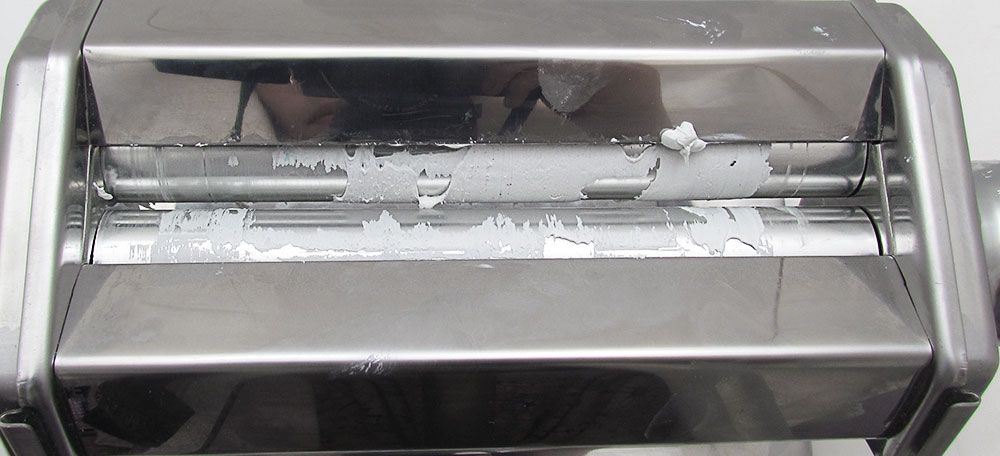

This is one problem that many people have encountered, and we could all do without it, because it's such an absolute mission to clean up. Your polymer clay basically sticks to the rollers and won’t come off no matter how many times it passes through the pasta machine's blades. And, in addition to being really annoying, your blades end up getting damaged because clay ends up stuck behind them.
This problem only happens with really sticky and soft clay, so the best
way to avoid running into the problem is to check if your polymer clay
is mushy before sticking it into your pasta machine. The softer brands
like sculpey III and Premo are the biggest culprits especially in very
warm weather.
What To Do If Your Clay Is Mushy:
As mentioned above, your best bet is just not to use it, but there are a couple of other options.
- If the clay is soft because it is too warm, try putting it in the freezer for 10 or 15 minutes before you roll it. Don't roll it too much though. It will soon become a squadgy mess again.
- If the clay is not too warm, but still squishy, you can try leaving it out in the open air for a few days to remove some of the plasticizers, or if you don't want to wait you can leach it.
Black streaks on your clay
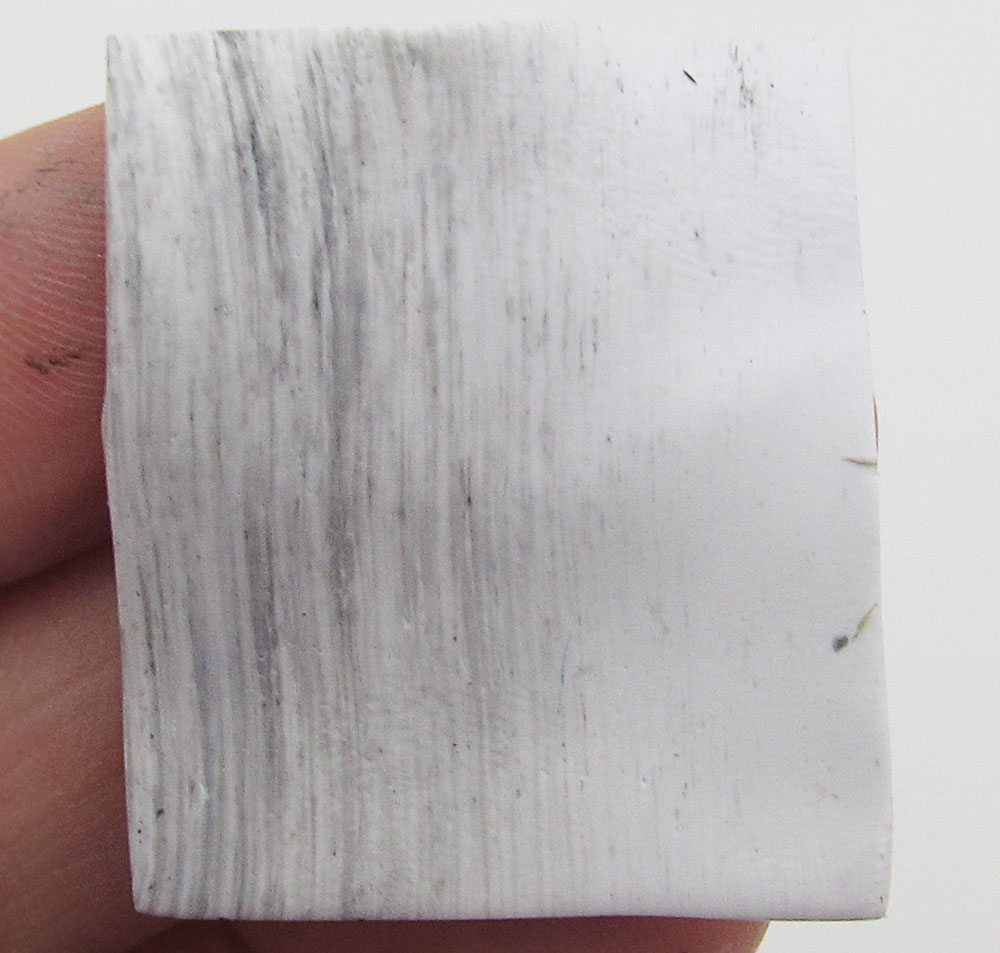

Black streaks happen when the metal on your rollers oxidizes. This leaves oily streaks all over your clay. It’s not all that visible on the darker colors, but on the lighter colors it can ruin your project.
This won’t happen if your rollers are made of aluminum or Teflon, so this is something to bear in mind when you are choosing from the many polymer clay pasta machines available.
Solutions:
- If you’ve already bought your machine and are experiencing this problem you’ll want to make sure you clean your rollers with a baby wipe every day when you use the pasta machine. This will clear away the oxidization and leave your rollers clean for a day or so.
Falling Handles
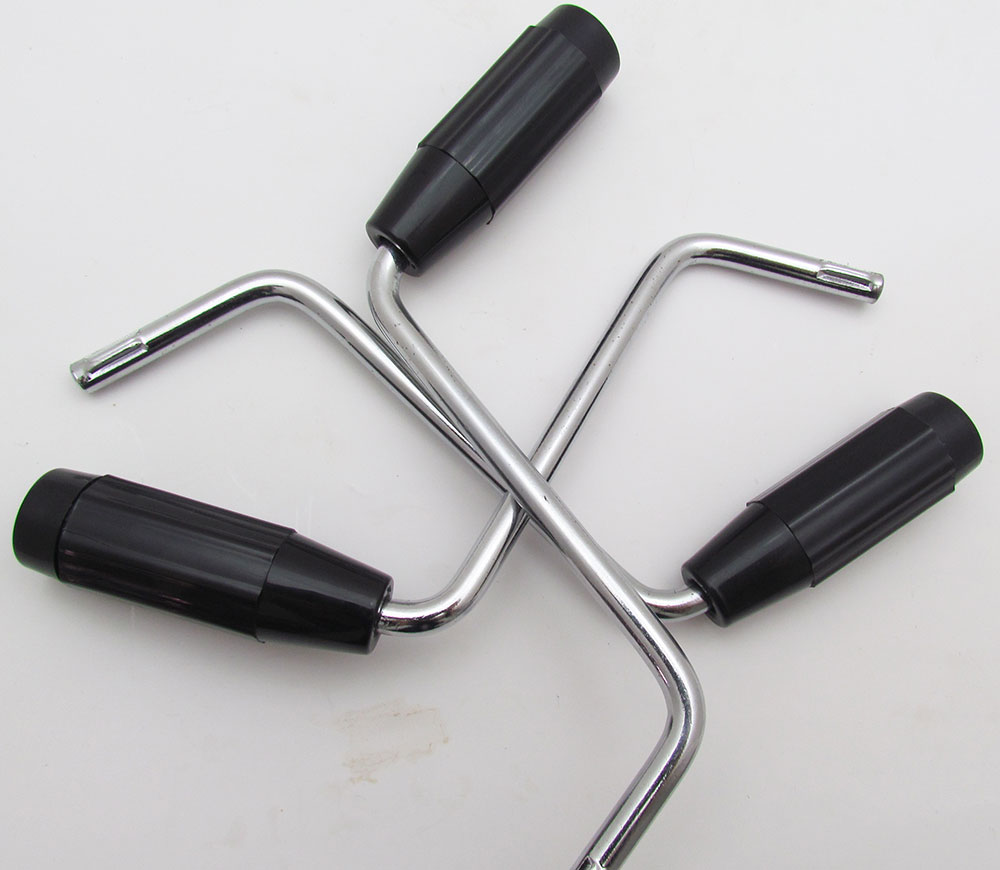

This may seem like a trivial matter to some, but the clanging of the handle falling out of my polymer clay pasta machine used to be my biggest pet peeve. Unexpected crashes at random times throughout the day resulted in a regular rush of adrenaline for anyone within hearing range. Well no more! I have beaten my nemesis!
Solutions:
- A commonly recommended solution is to wrap tape around the end of your handle and stick it back into the pasta machine. This should stop it from slipping out of its hole. A finger tip from a rubber glove could also work. The problem is that you could end up with sticky stuff all over the end of your handle that may interfere with the pasta machine.
- I have a better plan. I found that the problem was caused by the way that I held and rolled
with the handle. Most people grip the handle and gradually pull away
from the pasta
machine as they roll, resulting in the handle gradually loosening and
eventually falling out at random. I’ve now made a habit of
pushing towards the machine when I roll. It takes a while to get into this habit but it works. My handle hasn’t come out
since I started doing this.
in summary...
This is what you need to remember:
- Never use anything metal to clean your scraper blades. Metal will scratch your rollers. Rather use a toothpick or wooden skewer.
- Don't roll clay with inclusions through your machine. The inclusions can stick to your scraper blades causing scratches in your clay, or even your rollers.
- Don't roll soft, mushy clay through your polymer clay pasta machine. If your clay is too soft, either cool it down in a freezer, or leach it to remove some of the plasticizers.
- Make sure that you buy a pasta machine for polymer clay with either Teflon or aluminum rollers. If your rollers are made of a different metal they will oxidize. In this case clean your rollers with a wet wipe before working.
- Stop the handle from falling out of your pasta machine by wrapping tape around the end or by rolling with a motion that pushes your handle towards your machine rather than pulling away from it.
Conclusion
Remember that when it comes to polymer clay pasta machines, prevention is better than cure. Many problems can be avoided by choosing the best pasta machine for your circumstances, and by learning how to care for it properly.
None-the-less, fiddly little problems do tend to crop up. I hope that the information in this article will help you to overcome
the everyday annoyances that come with these otherwise marvelous
machines. Don't forget to check out part one in the series as well and leave me a comment if you have any questions.
As always, please like and share with your friends if this article was useful.
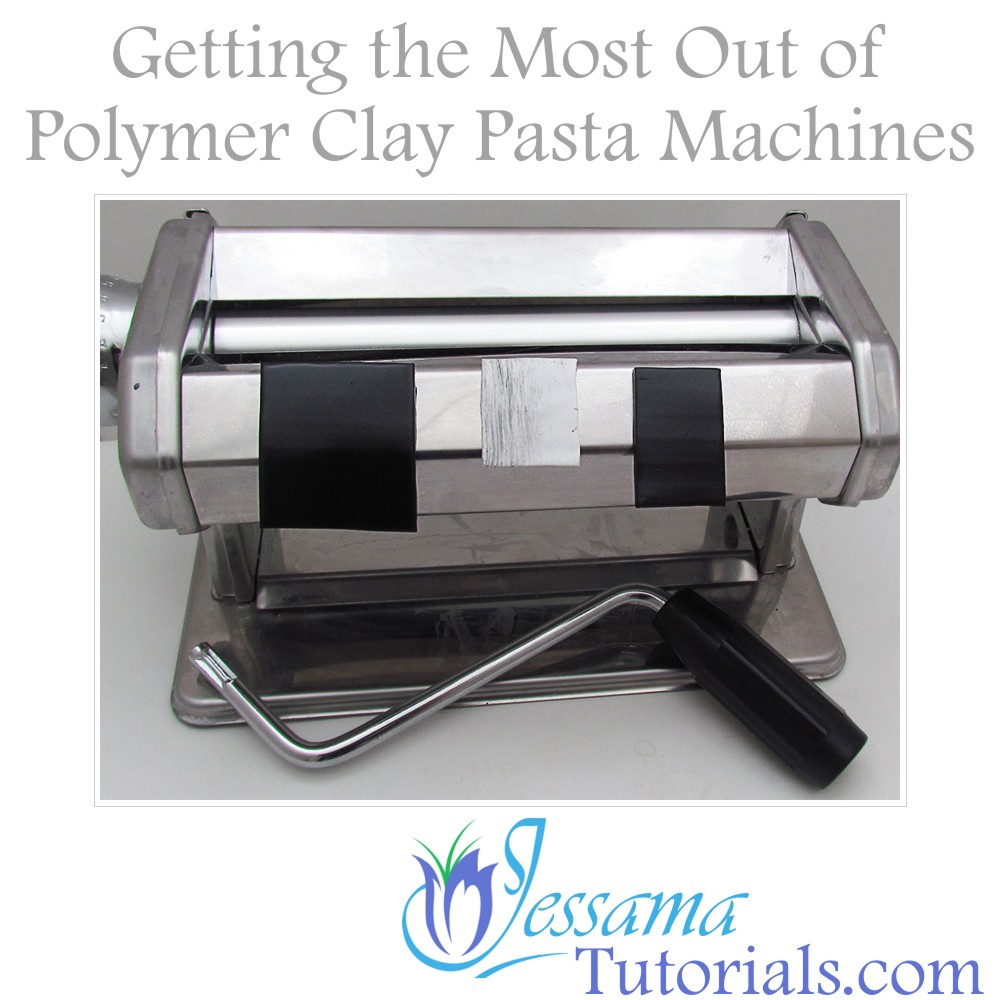

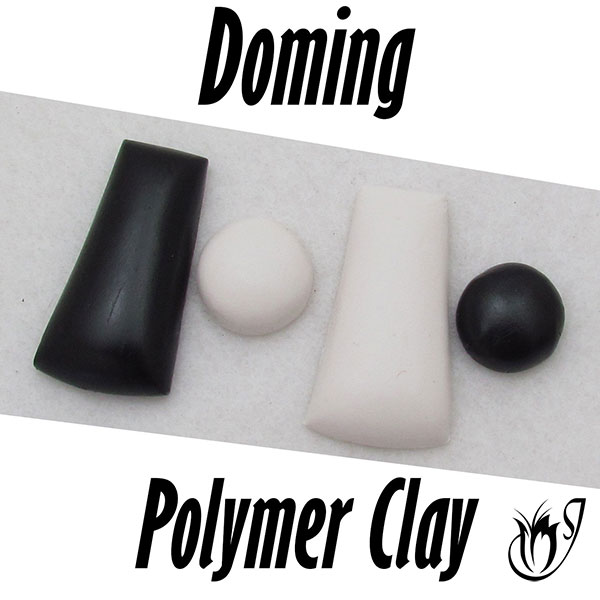













Please leave your comments below: